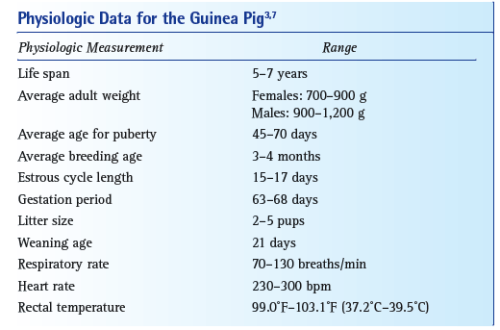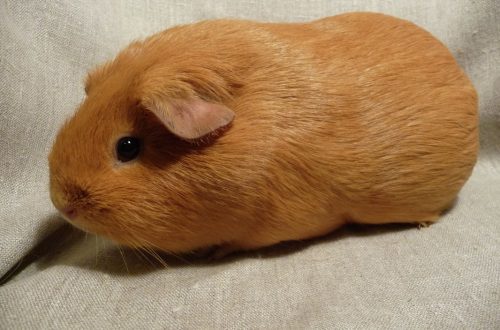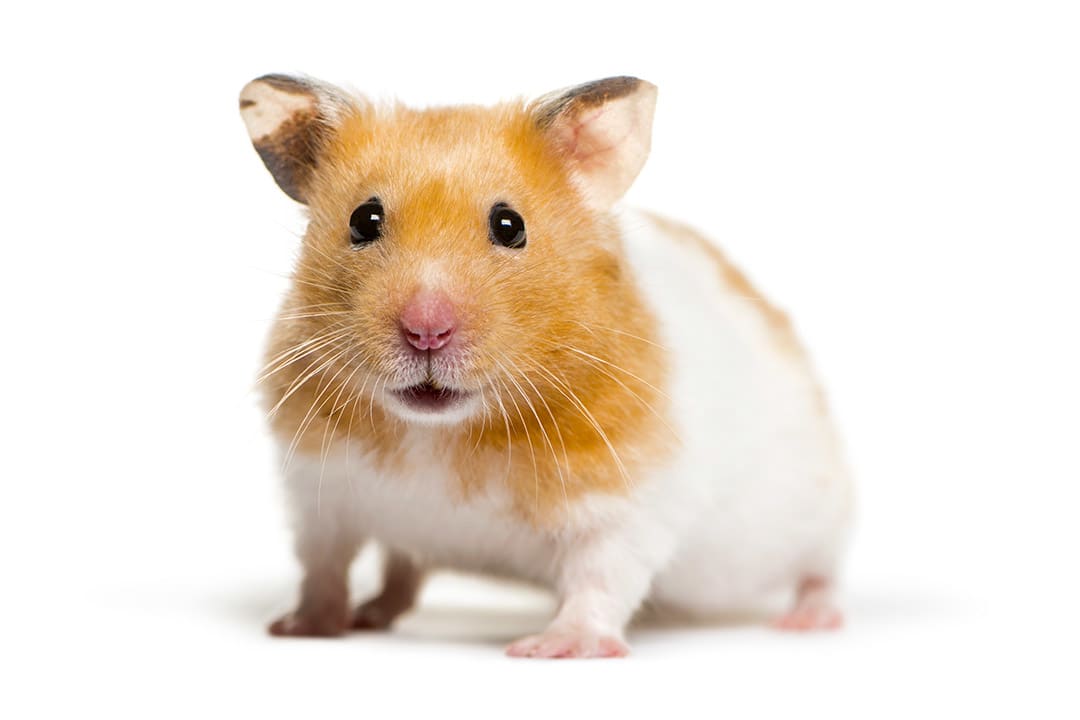
Syrian hamster: care and maintenance at home (description with photo)
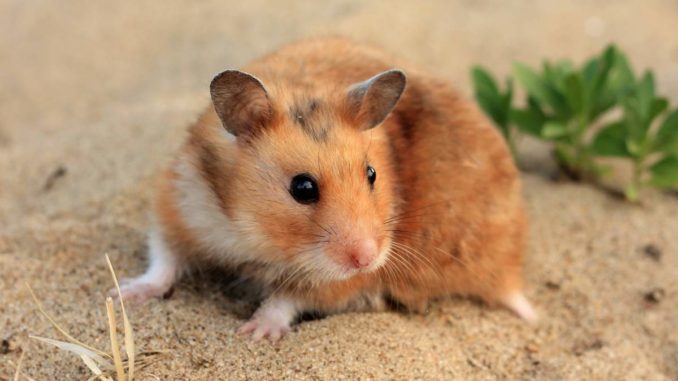
One of the most common representatives of the breed is the Syrian hamster, but this does not make it any less interesting. The golden animal is located to the person, which makes the care and maintenance of this hamster at home a favorite pastime for children and adults.
Contents
All about Syrian hamsters
This cute rodent differs from other breeds with 4 toes on its front paws and 5 on its hind legs. It is larger than the rest of the family. Animals participate in international exhibitions and win prizes. The main color of the skin is golden, but there are other colors.
Below are some of the colors of these animals according to international standards:
- beige;
- yellow;
- smoked;
- copper;
- sable;
- dark chocolate.
See beautiful photos with descriptions on the page of colors of the Syrian hamster.
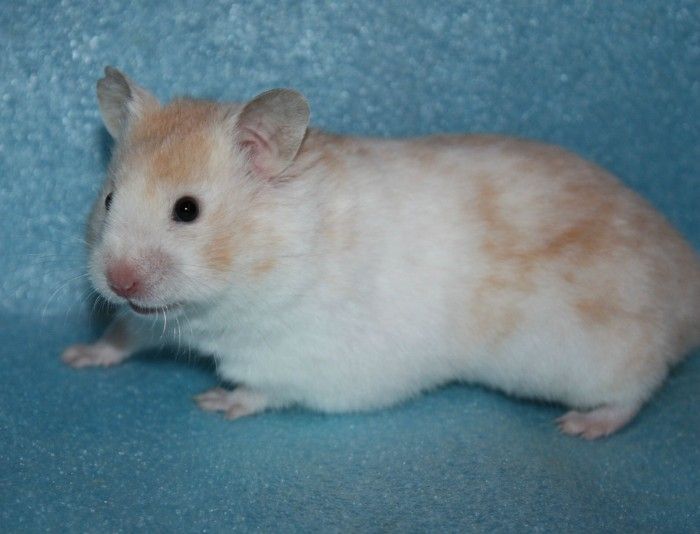
Characteristics of hamsters by the length of the coat
Animals differ not only in color, but also in the length of the coat. Standards distinguish long-haired individuals. Moreover, in females, the hair is slightly shorter, this is not considered a marriage. There are animals with short hair and smooth-haired (satin). There are fluffy and shaggy – angora. Like cats, hamsters can have a “rex” coat – a fur coat covered with short or long curly fur. There are completely bald species – hairless.
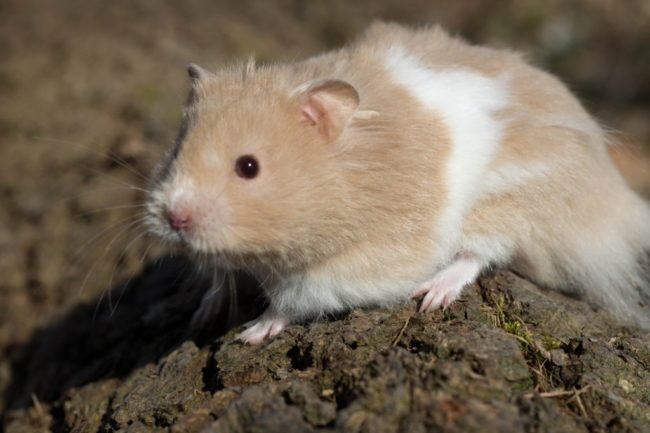
Where did the breed come from
The first description of this animal is dated 1797. In 1839, this rodent was discovered in Syria, after which information about it did not appear for almost 100 years. In 1930, a family of 4 animals was brought to England, the offspring of which made up a breed known throughout the world.
Syrian hamster length and weight
According to international standards, the animal should have a length of 12 cm, a strong body, round ears, bulging eyes. In home breeding, the animals reach 20 cm in length.
The weight of hamsters varies from 100-125 g for males and 115-140 g for females. Modern “Syrians” can overweight – 200g or more. We are talking not only about overfed individuals, but also large stocky animals.
One of the breeders conducted a dangerous experiment on weighing babies of different ages.
Never repeat this experience! It can cost the lives of small hamsters.
Infant weight data:
- newborns – from 1,5 to 3,5 g;
- age 1 week – from 4 to 10 g;
- 2 weeks – from 8 to 25 g;
- 3 weeks term – from 15 to 52 g;
- 1 month – from 20 to 84
Weight limits are listed as babies grow unevenly. After 1 month, the weight of females and males is different.
Smell glands in hamsters look like moles or warts
In all animals of this breed, scent glands are located symmetrically on the sides. They can be seen on young males or mature males. The wool in the place of localization of the glands in young people differs in color from the main cover. Under it is a rough growth that looks like a sore or a cluster of dots. In females, the glands are less visible.
This organ is used by animals to mark their territory. Before with this, the males carefully lick the glands.
Frightened males smell stronger, the activation of the smell occurs when a rival appears.
The nature of the hamster and its acquisition
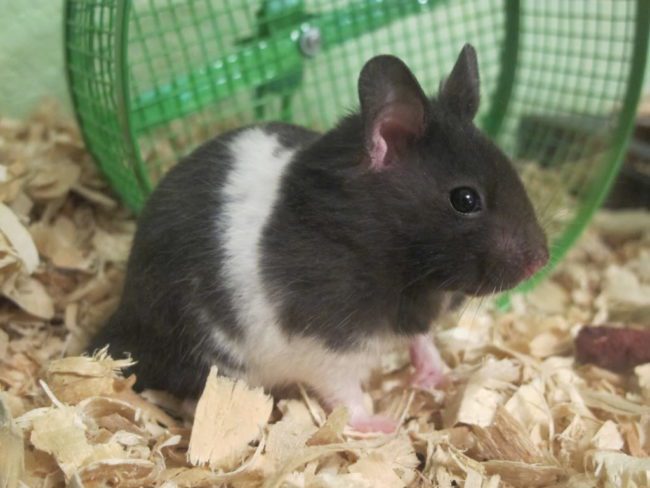
Before choosing a golden animal, pay attention to its behavior. Cute animals are not the same in character, each of them is a personality. If the hamster behaves aggressively, which is not so common, perhaps this is a feature of his character. Ladies are more prone to bouts of bad mood. They are somewhat larger than males.
As a rule, the Syrian hamster has a good disposition, quickly gets used to people, willingly communicates with them.
Choose an active animal with a clean coat and no discharge from the nose or eyes. A healthy animal moves vigorously around the cage and does not itch constantly.
How to feed and care for animals
Features of keeping a rodent
Proper care of the Syrian hamster involves protecting the animal from stress. You can not bring an animal and put it on public display right away. Noises and a large number of new experiences can lead to illness. From fright, the baby may faint or bite new owners.
He needs to be accustomed to hands and household gradually.
Gently place the animal in his new home and give him time to get used to it. An animal that feels insecure clings to the floor of the cage and moves slowly, looking around. If the animal has got used to it, it will quickly examine the housing, run in the wheel and “dive” into the house.
How to care for a Syrian hamster
To ensure a decent life for a rodent in your home, you need a cage or terrarium no smaller than 60×40 cm. It must be equipped with a house, a wheel, shelters, a feeder and drinker, a toilet, a bath with sand and a mineral stone.
The floor should be covered with sawdust about 2 cm high so that the animal can dig holes.
The hamster prefers loneliness. He does not tolerate the neighborhood of his relatives.
The list of feeds includes dry mix, greens and protein products. You can not feed the baby leftovers from the table. List of allowed and prohibited products you will find on the page dedicated to feeding the Syrian hamster.
Syrians are nocturnal animals. Their activity is manifested in the evening and at night. This must be taken into account when choosing a place for the cage. Do not put it in the bedroom, it will be noisy at night.
Do not wake the animals during the daytime – this is a lot of stress for them.
The smell in the cage appears if the animal is not kept properly or the cage is rarely cleaned. Depending on the size of the animal’s housing, the procedure is carried out from 1 time in 3 days to 1 time per week. Remove spoiled food from your pet’s inventory while cleaning. Change the water in the drinker daily.
Do not leave an animal unattended while walking in an open area
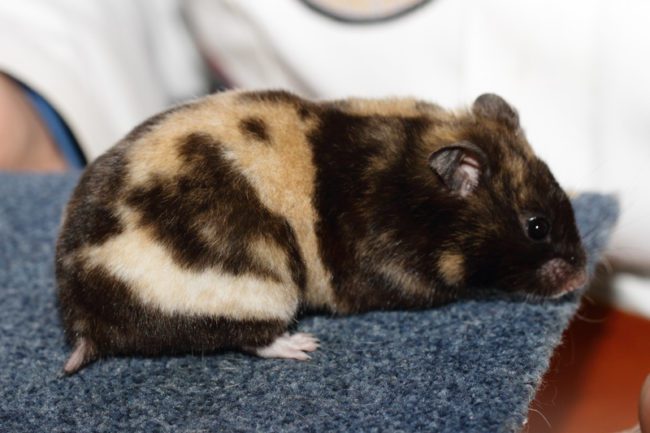
The Syrian hamster is a lowland animal. For him, a height difference is dangerous. The animal easily steps into the void and injures itself when falling from a table or out of a window.
Bathing hamsters is not allowed
Proper care of Syrian hamsters does not include water procedures. This desert animal copes well with the hygiene of the skin itself. To clean his fur coat, put him a tray of sand. Some animals enjoy wallowing in it.
How far can the animals run
An experiment was conducted on how many hamsters run per night. It turned out that the baby covers a distance of 6-7 km with an average speed of 2 mph. In nature, this fluffy animal is able to conquer a distance of up to 12 km.
Another experiment involved running on a wheel. It turned out that during the night the animal ran from 6 to 10 km, while the maximum speed reached 3,6 km/h.
Due to the high activity of the animal, it is necessary to purchase a running wheel or a walking ball.
Pregnancy and childbirth
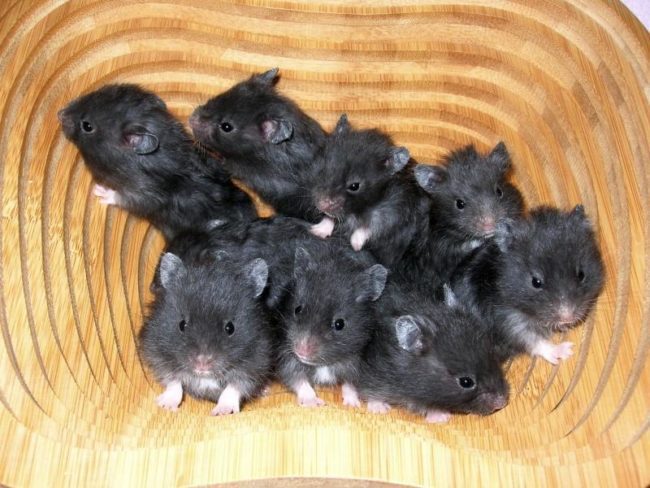
Pregnancy in Syrian hamsters lasts 16-19 days. From 6 to 18 babies are born. Multiple pregnancy is associated with additional difficulties in feeding offspring. It is hard for a hamster to feed so many cubs. Therefore, it is necessary to strictly monitor the quantity.
Conclusion
The Syrian hamster is the main competitor of the Djungarian hamster for the role of a pet. With a properly selected diet and optimal living conditions, the hamster is cheerful, runs a lot and communicates willingly.
Syrian hamsters are wonderful animals, they love people and trust them. Children will be happy to take care of rodents and communicate with them.
Syrian hamster: description, care and maintenance at home
3.8 (75.16%) 161 votes



